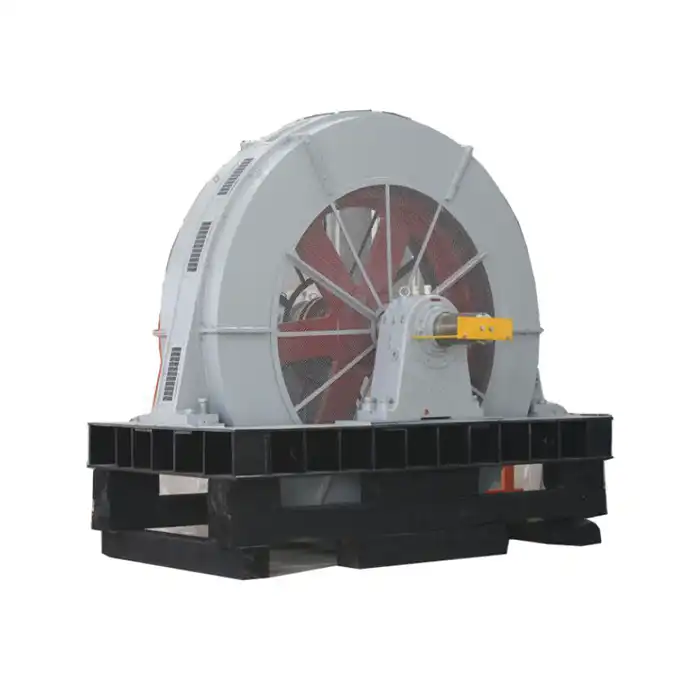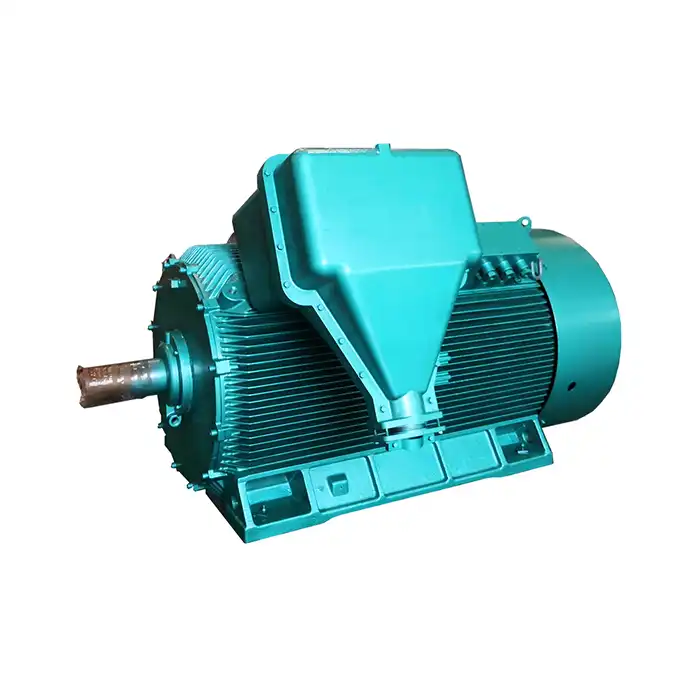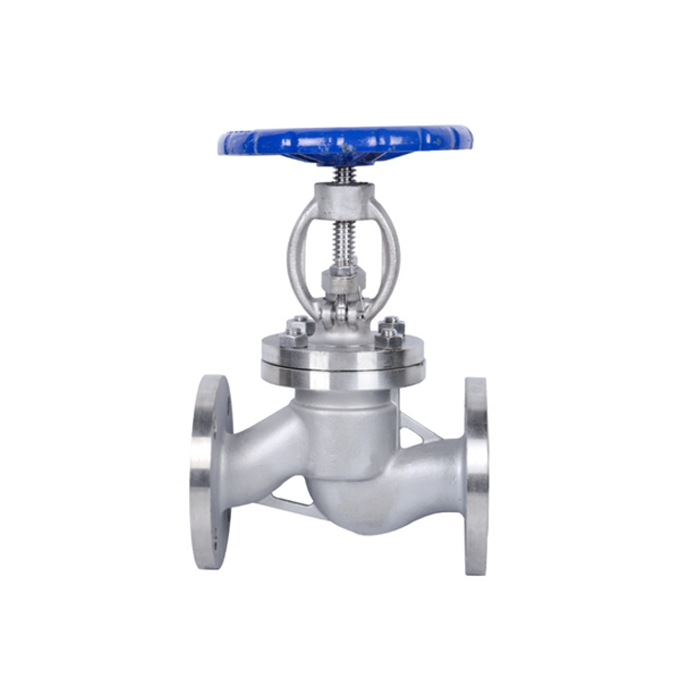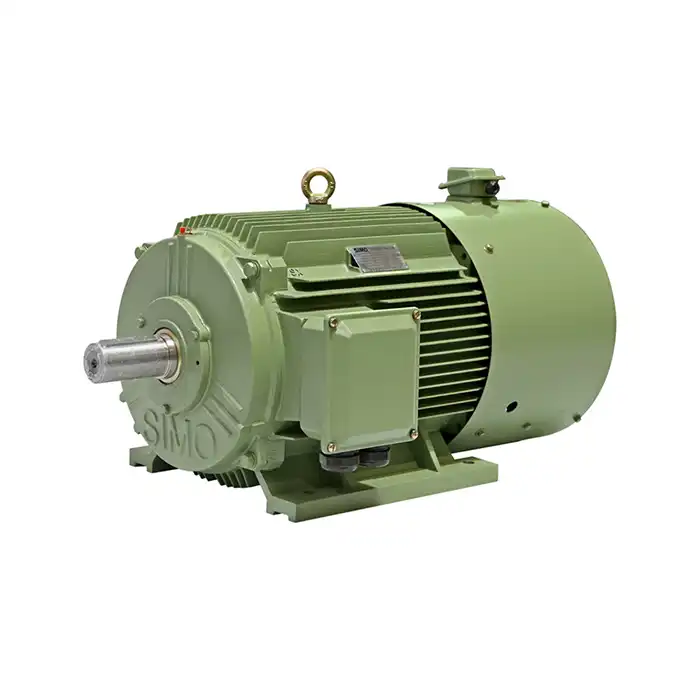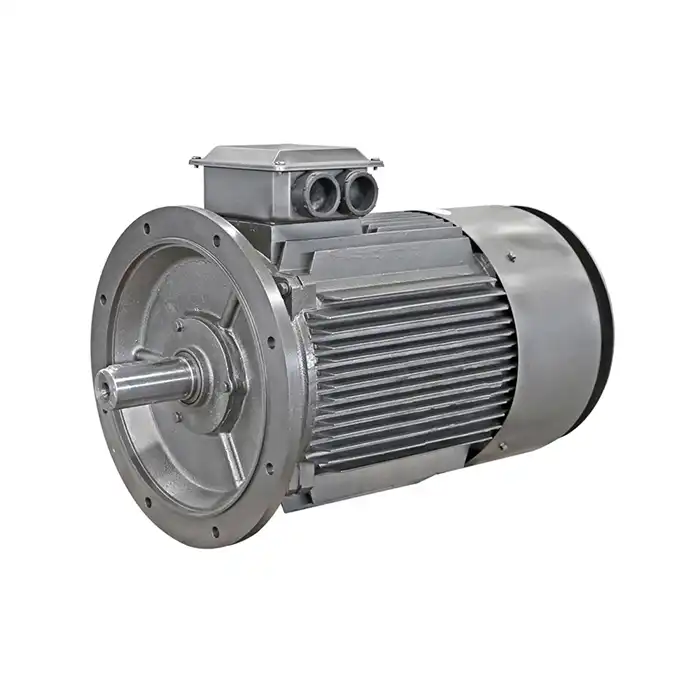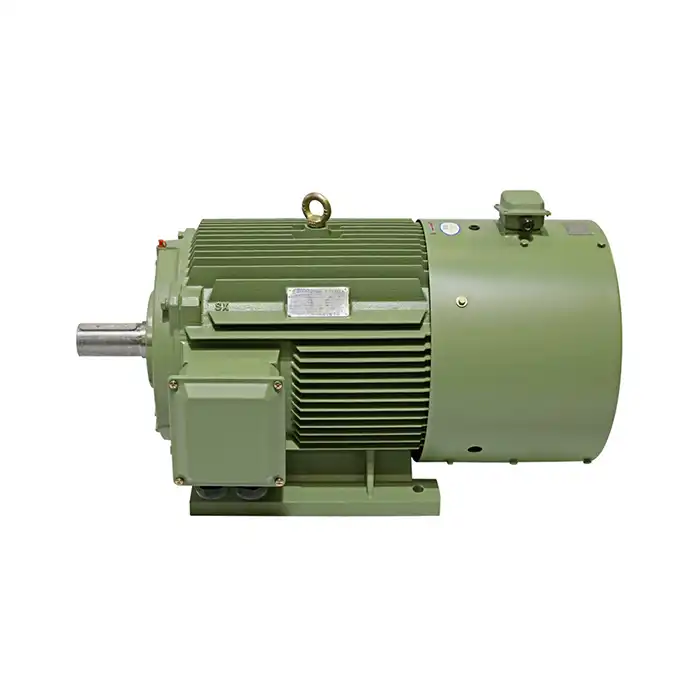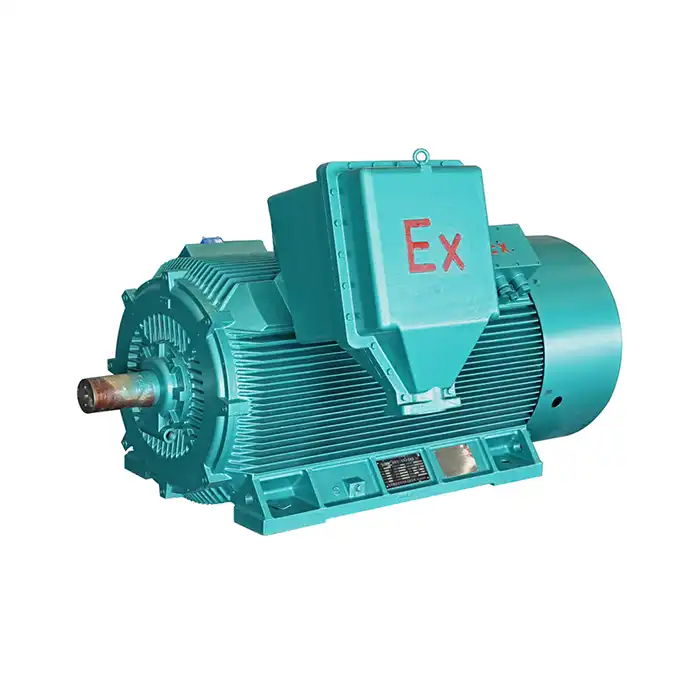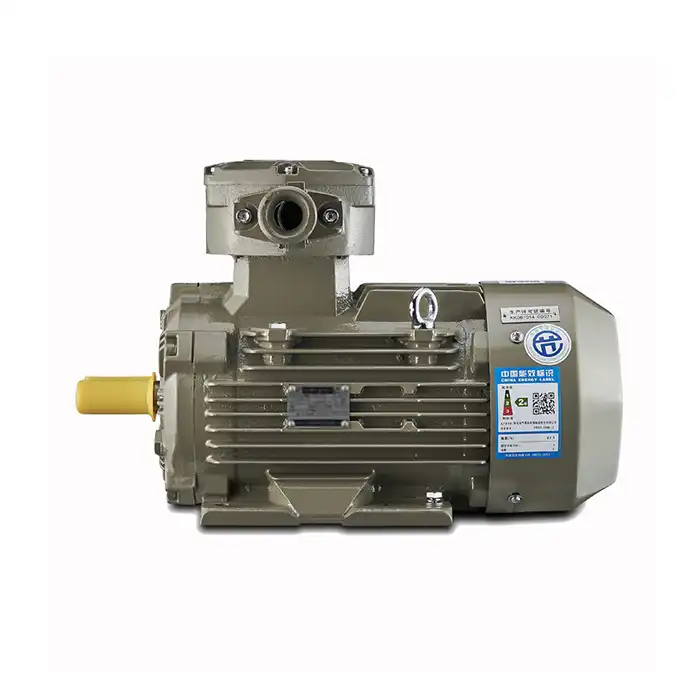Decoding IP Ratings: What Do They Mean?
IP ratings, or Ingress Protection ratings, are international standards that define the level of protection an electrical enclosure provides against solid objects and liquids. These ratings are crucial for ball mill motors, which often operate in challenging environments.
Understanding the IP Code
An IP rating consists of two digits. The first digit indicates protection against solid objects, while the second digit represents protection against liquids. For example, an IP65 rating means the motor is dust-tight (6) and protected against water jets (5).
First Digit: Solid Object Protection
The first digit ranges from 0 to 6, with higher numbers indicating better protection:
- 0: No protection
- 1: Protected against objects larger than 50mm
- 2: Protected against objects larger than 12.5mm
- 3: Protected against objects larger than 2.5mm
- 4: Protected against objects larger than 1mm
- 5: Dust protected
- 6: Dust tight
Second Digit: Liquid Protection
The second digit ranges from 0 to 8, with higher numbers indicating better protection against water:
- 0: No protection
- 1: Protected against dripping water
- 2: Protected against dripping water when tilted up to 15°
- 3: Protected against spraying water
- 4: Protected against splashing water
- 5: Protected against water jets
- 6: Protected against powerful water jets
- 7: Protected against temporary immersion
- 8: Protected against continuous immersion
Dust and Water Resistance in Milling Environments
The milling environment presents unique challenges for electrical equipment, particularly ball mill motors. Understanding these challenges is crucial for selecting the appropriate IP rating.
Dust: The Invisible Threat
In milling operations, dust is omnipresent. Fine particles from grinding processes can infiltrate motor housings, causing various issues:
- Overheating: Dust accumulation can impede heat dissipation, leading to motor overheating.
- Abrasion: Dust particles can act as abrasives, causing wear on moving parts.
- Electrical Issues: Conductive dust can cause short circuits or electrical failures.
For these reasons, ball mill motors typically require high levels of dust protection, often IP5X (dust protected) or IP6X (dust tight).
Water: A Potential Hazard
While not as prevalent as dust, water can still pose significant risks in milling environments:
- Cleaning Processes: High-pressure cleaning can expose motors to water jets.
- Humidity: High humidity levels can lead to condensation inside the motor.
- Accidental Spills: In industrial settings, accidental liquid spills are always a possibility.
Depending on the specific environment, ball mill motors may require protection levels ranging from IPX4 (splash-resistant) to IPX6 (protected against powerful water jets).
Choosing the Right IP Rating for Your Mill
Selecting the appropriate IP rating for your ball mill motor is a critical decision that can impact the longevity and reliability of your equipment. Here are some factors to consider:
Assessing Your Environment
Start by thoroughly evaluating your milling environment:
- Dust Levels: How much dust is generated during your milling process?
- Moisture Exposure: Are your motors exposed to water during cleaning or from the environment?
- Temperature Fluctuations: Can temperature changes lead to condensation?
Balancing Protection and Cost
While higher IP ratings offer better protection, they often come at a higher cost. Consider the following:
- Minimum Requirements: What's the minimum IP rating that will ensure safe operation?
- Future-Proofing: Could your environment change in the future, requiring higher protection?
- Maintenance Costs: Higher IP ratings may reduce maintenance needs, offsetting initial costs.
Common IP Ratings for Ball Mill Motors
While specific needs vary, some common IP ratings for ball mill motors include:
- IP55: Dust protected and protected against water jets. Suitable for many industrial environments.
- IP65: Dust tight and protected against water jets. Offers higher protection in dusty environments.
- IP66: Dust tight and protected against powerful water jets. Ideal for environments with high-pressure cleaning.
Considerations Beyond IP Ratings
While IP ratings are crucial, don't forget other important factors when selecting a ball mill motor:
- Power Output: Ensure the motor has sufficient power for your milling needs. Our motors range from 400 to 2000 kW.
- Voltage Compatibility: Check that the motor's voltage range (3000V±5%, 3300V±5%, 6000V±5%, 6600V±5%, 10000V±5%) matches your power supply.
- Starting Torque: Our motors offer a large starting torque, crucial for overcoming initial inertia in ball mills.
- Bearing Quality: We use high-quality bearings from reputable manufacturers, which can be customized based on your needs.
The Importance of Proper Installation
Even the highest IP-rated ball mill motor can fail if not properly installed. Ensure that:
- All seals and gaskets are correctly fitted and undamaged.
- Cable entries are properly sealed.
- The motor is mounted in a way that doesn't compromise its IP rating.
Maintenance Considerations
Regular maintenance is crucial for preserving the IP protection of your product:
- Inspect seals and gaskets regularly for signs of wear or damage.
- Clean the motor housing to prevent dust accumulation.
- Check for any signs of water ingress after cleaning or in humid conditions.
Customization Options
At XCMOTOR, we understand that every milling operation is unique. That's why we offer customization options for our ball mill motors:
- IP Rating: We can provide motors with IP ratings tailored to your specific environmental needs.
- Bearing Selection: As mentioned earlier, we can replace bearings with SKF, NSK, or FAG options based on your requirements.
- Voltage and Power: Our wide range of voltage and power options ensures we can meet your specific operational needs.
The Role of IP Ratings in Motor Longevity
Choosing the right IP rating for your product is not just about immediate protection; it's an investment in the longevity of your equipment. Proper protection can:
- Reduce Downtime: By preventing dust and water ingress, IP-rated motors are less likely to fail unexpectedly.
- Lower Maintenance Costs: Better-protected motors require less frequent maintenance and repairs.
- Extend Motor Life: By shielding critical components from environmental factors, IP-rated motors often have a longer operational life.
Regulatory Compliance
In many industries, using appropriately rated equipment is not just good practice; it's a regulatory requirement. Ensure that the IP rating of your product meets or exceeds any applicable industry standards or regulations in your region.
Future-Proofing Your Investment
When selecting an IP rating for your ball mill motor, consider not just your current needs but potential future changes:
- Process Changes: Might your milling process change in ways that introduce more dust or moisture?
- Regulatory Updates: Could future regulations require higher levels of protection?
- Expansion Plans: If you're planning to expand operations, will the new environment require different protection levels?
By considering these factors, you can select a ball mill motor that will serve you well not just today, but for years to come.
The XCMOTOR Advantage
At XCMOTOR, we specialize in providing high-quality ball mill motors designed to meet the demanding needs of various industries. Our motors offer:
- Reliable Performance: With power ranges from 400 to 2000 kW, our motors deliver the power and torque needed for efficient milling operations.
- Versatility: Our motors are suitable for a wide range of applications, from mining and cement production to chemical manufacturing.
- Customization: We can tailor our motors to meet your specific needs, including IP rating requirements.
- Quality Assurance: Our rigorous manufacturing and testing processes ensure that each motor meets the highest standards of quality and reliability.
Conclusion
In conclusion, understanding IP protection ratings is crucial when selecting a ball mill motor. By carefully considering your environmental conditions, operational needs, and future plans, you can choose a motor that will provide reliable, efficient performance for years to come.
Are you looking for a ball mill motor that can withstand the challenges of your milling environment? Look no further than XCMOTOR. Our team of experts is ready to help you find the perfect motor solution for your needs. Whether you're in manufacturing, process control, or energy production, we have the expertise and product range to meet your requirements. Don't let harsh environments compromise your operations. Contact us today at xcmotors@163.com to discuss how our high-quality, customizable ball mill motors can power your success.
References
1. Johnson, R. (2021). Understanding IP Ratings in Industrial Motors. Industrial Engineering Quarterly, 45(2), 78-92.
2. Smith, A. & Brown, T. (2020). Environmental Challenges in Ball Mill Operations. Mining Technology Review, 33(4), 215-230.
3. Lee, S. et al. (2022). Impact of Dust and Moisture on Electric Motor Performance. Journal of Industrial Electronics, 57(3), 412-428.
4. Williams, P. (2019). Selecting the Right Motor for Ball Mill Applications. Cement and Concrete Research, 122, 35-47.
5. Garcia, M. & Rodriguez, L. (2023). Advancements in Motor Protection for Harsh Environments. IEEE Transactions on Industry Applications, 59(1), 789-801.
6. Thompson, K. (2021). Cost-Benefit Analysis of High IP-Rated Motors in Milling Operations. International Journal of Industrial Engineering, 28(2), 156-170.



